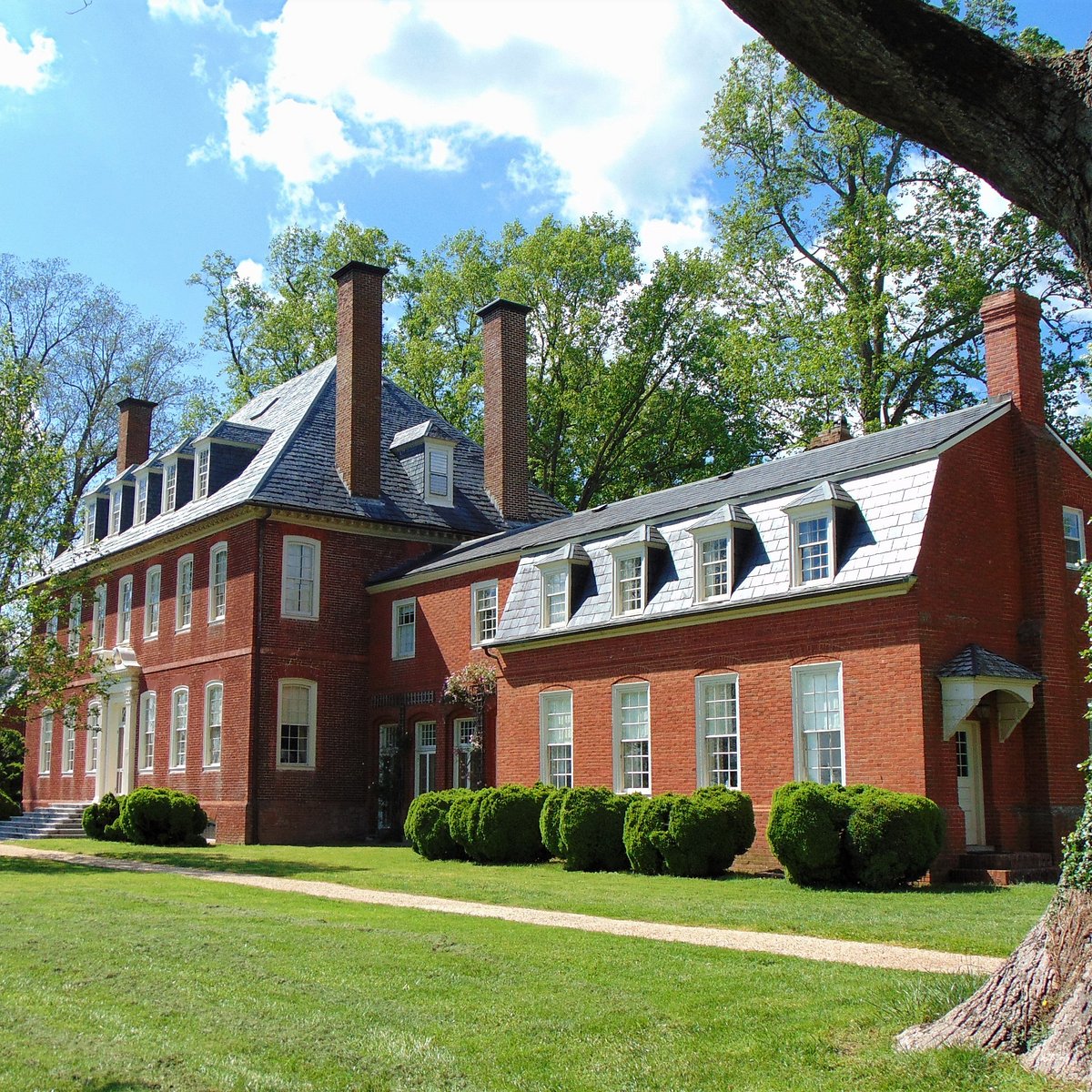
Westover, established by colonists in 1619 and named for the West brothers, Francis, John and Nathaniel (brothers of Lord Delaware, the first colonial governor of Virginia) included a 2,000 acre parcel the Royal Governor, in 1637, patented to a Captain Thomas Pawlett, the property’s first recorded owner. William Byrd I purchased Westover Plantation in 1688 then only 1,000 acres in size. He and his son William Byrd II continued to expand the family’s land-holdings, eventually owning 179,000 acres across Virginia and North Carolina.
The Westover plantation house was built around 1730 by William Byrd II, the founder of Richmond. Considered one of the most outstanding examples of Georgian architecture in America, it has an unusually steep roof and tall chimneys in pairs at both ends. The elaborate doorway, which continues to be recognized as “the Westover doorway” despite its adaptation to many other buildings, is another unique architectural touch. Today, Westover Plantation is approximately 1,000 acres.
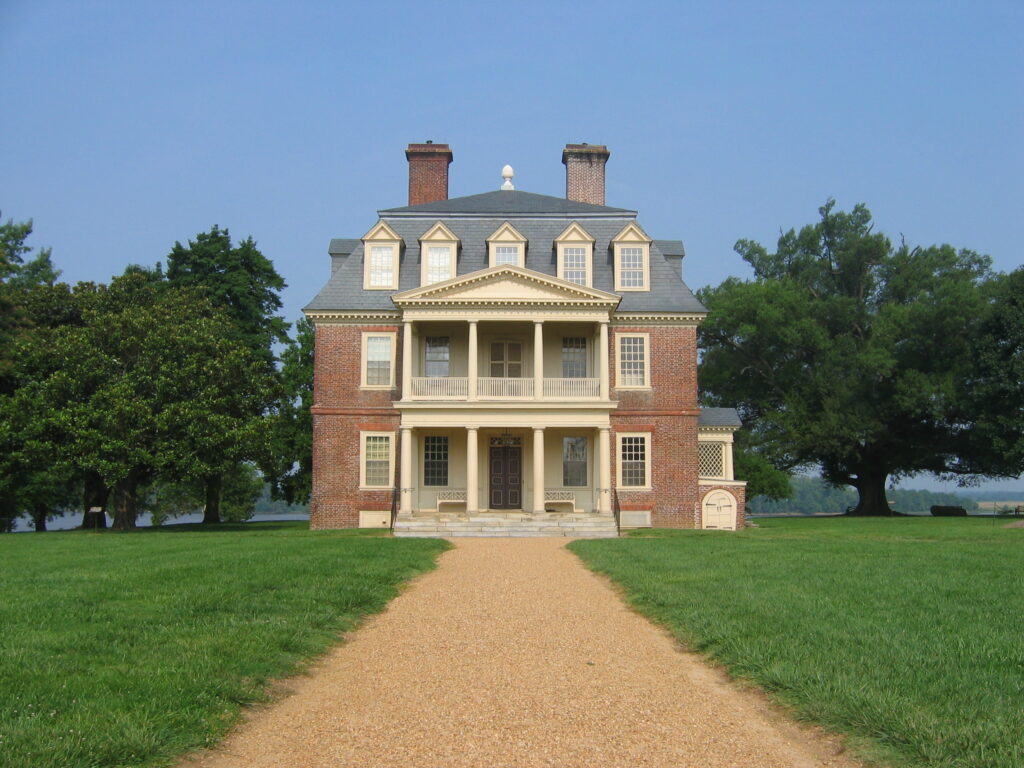
The property at Shirley was founded six years after the settlers arrived at Jamestown in 1607. It is the oldest active plantation in Virginia, settled in 1613 and is also the oldest family-owned business in North America, acquired by the Hill family, with operations starting in 1638. The house features the pineapple (the Colonial symbol of hospitality) in the hand-carved woodwork and as a three-foot finial on the peak of the roof. And for good reason — Shirley was a well-known center of hospitality in Colonial times.
The construction of the present mansion and outbuildings began c. 1723. The mansion, called the “Great House”, was completed in 1738 and was located close to the original house built by the Hills that became known as the “Hill House.” The three-story dwelling is constructed in the Georgian style with red brick walls and white trim boards on a square foundation. Both the riverside and courtyard side entrances have a two-story portico with Doric columns supporting a pediment and function as main entries in the center, framed by a pair of long rectangular windows on either side. Inside the house’s famous carved walnut “floating” or “flying” cantilevered staircase, the only one of its kind in America, rises for three stories without visible means of support.

Originally part of the Shirley Plantation that was divided between two brothers, the ‘Upper Shirley’ portion was bequeathed in 1866 to William Fitzhugh Carter. The property now includes Upper Shirley Vineyards, which sit on a rise above one of the most scenic bends on the James River. Across the water sits an island bird sanctuary where bald eagles regularly flock, and the restaurant and event building makes an ideal setting to enjoy an award-winning wine or one of the treats from the eclectic bistro menu.

The Bolling Haxall House was built in 1858 in the Italianate style as the home of prosperous business leader Bolling Walker Haxall. The House was purchased in 1900 by The Woman’s Club, founded in 1894. In 1915, the Club added an elegant ballroom to host weekly national and international speakers. The Woman’s Club oversaw a complete renovation in the late 1980s and the Bolling Haxall House boasts original features and Victorian decor typical of the turn of the 19th century while the ballroom reflects the classical motifs of the later Beaux Arts style.

Founded in 1890 by a group of distinguished Richmonders, the Commonwealth Club is a vibrant city club with a diverse membership. The building is considered to be one of the finest pieces of architecture in Richmond and was a physical symbol of Richmond’s New South movement.
The Club is distinguished by its deep red brick, brownstone trim and terra cotta cartouches and is a combination of Colonial revival and Richardsonian Romanesque styles. Its members, including leaders in business, politics, education and society, enjoy the comforts of this rambling, elegant clubhouse and amid a relaxed atmosphere of Southern grace.

The Country Club of Virginia was founded in 1908, and its first clubhouse and Herbert Barker-designed golf course were completed in Richmond’s Westhampton neighborhood in 1910. Today, CCV continues to offer meeting, entertainment, dining and leisure sports activities in the heart of Richmond’s West End to a diverse membership as well as established groups and organizations within the Central Virginia community. In 1928, it added a James River clubhouse and golf course designed by William Flynn that is the site of the Dominion Energy Charity Classic. The third golf course, Tuckahoe Creek, was added in 1988.

In May 1611 Sir Thomas Dale arrived in Virginia with instructions from the London Company to find a secure and healthy area to establish a new town and principal seat for the colony. In September 1611, Sir Thomas Dale moved up the James River to establish Henricus, the colony’s second settlement.
Henricus Historical Park re-creates this historical journey and highlights the major benchmarks that took place here over 400 years ago – the charter of the first English college in the New World, the first hospital in English North America, Pocahontas’ conversion to the Anglican faith, and the establishment of tobacco as the first cash crop. Historical interpretation pays tribute to the men and women who struggled to establish a foothold in what was then England’s western frontier and the Virginia Indians who encountered them.
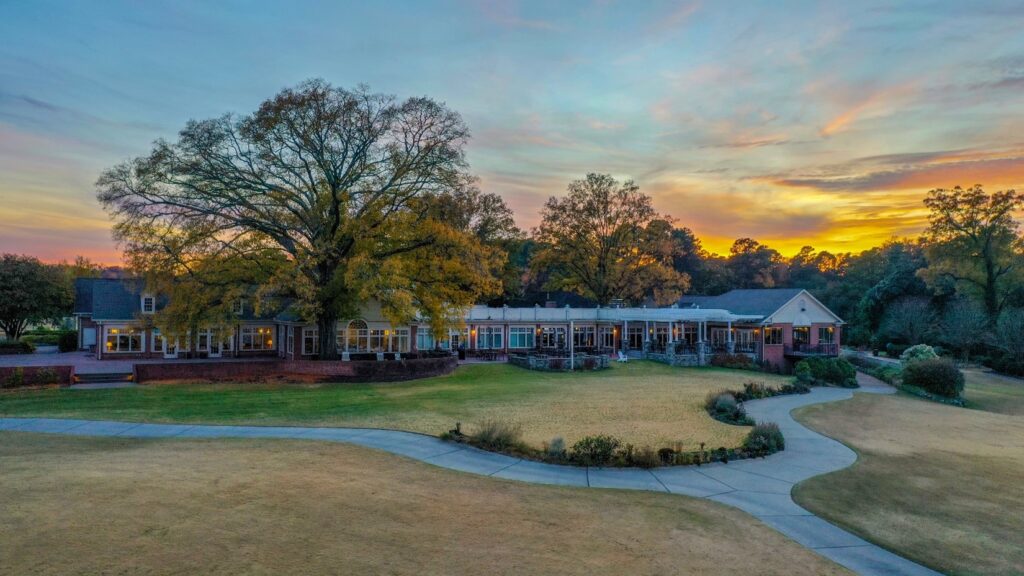
Willow Oaks began as a working farm in 1679 when William Byrd (owner of Westover Plantation) was granted the land as a condition of providing security from the Indians. In 1955, the property was purchased by a group of 21 investors to develop into a country club and golf course, the first private club in Chesterfield County. Willow Oaks Country Club opened its doors in 1957, with the golf course formally opening in June of 1959.
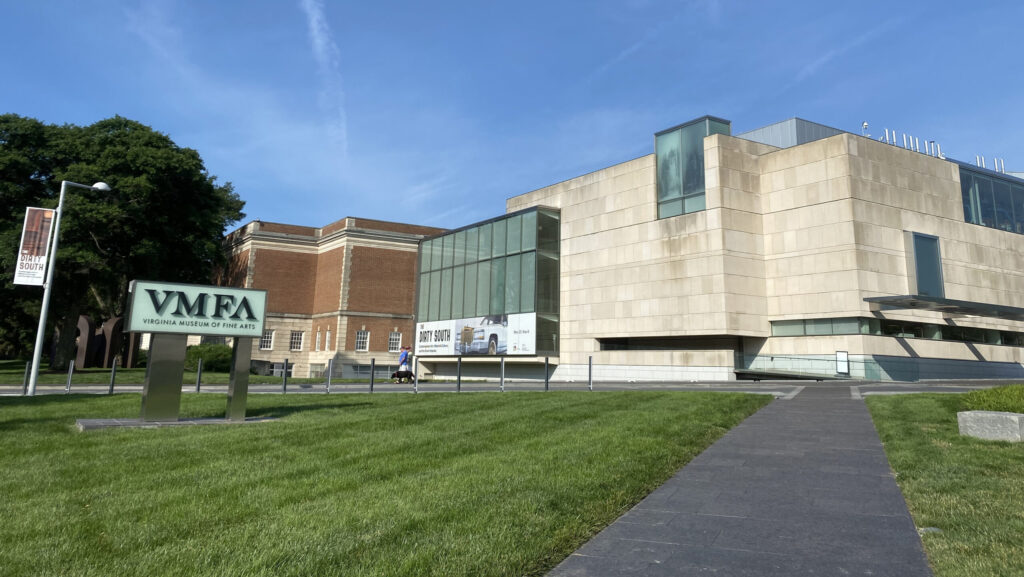
The Virginia Museum of Fine Arts in Richmond, Virginia, is one of the largest comprehensive art museums in the United States. In the Washington Post’s “Museums” issue last fall, it was again rated as one of the country’s 20 best art museums, this time in 11th place. Longtime Post critic Phillip Kennicott has called VMFA “a regional museum with national importance’ whose campus offers “one of the most inviting fusions of galleries and gardens of any museum in the country.” VMFA, which opened in 1936, is a state agency and privately endowed educational institution. Its purpose is to collect, preserve, exhibit and interpret art, and to encourage the study of the arts.
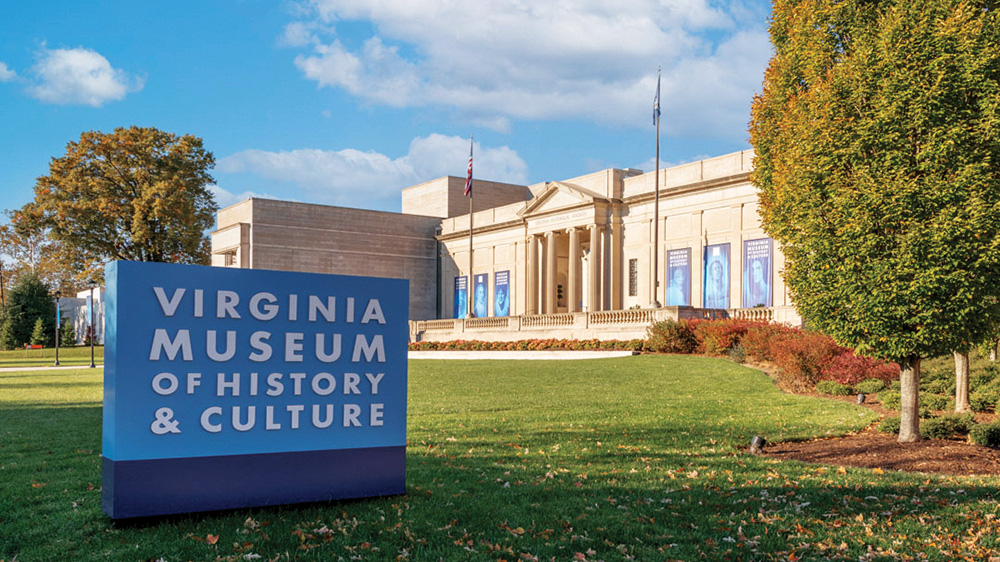
The Virginia Museum of History & Culture is owned and operated by the Virginia Historical Society – a private, non-profit organization. The historical society is the oldest cultural organization in Virginia, and one of the oldest and most distinguished history organizations in the nation. For use in its state history museum and its renowned research library, the historical society cares for a collection of nearly nine million items representing the ever-evolving story of Virginia. For the 250th anniversary year of 2025 and during the Assembly, the Museum will have a special exhibit open titled “Give Me Liberty – Virginia and the Forging of a Nation.”